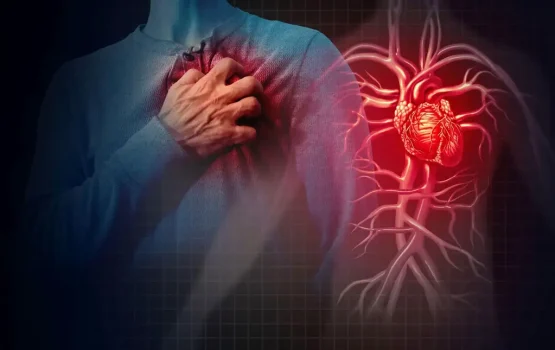Unstable angina is a condition wherein there is an inadequate supply of oxygen to the heart, due to blockages in the arteries. This is a dangerous condition to experience as it could lead to fatal heart problems, including heart attacks. It is often characterized by the following symptoms:
- Tight, crushing pain in the chest (may spread to other surrounding parts of the body)
- Chest pain that occurs even when the body is not exerted
- Shortness of breath
- Chest pain that does not subside even after medication has been taken
- Excessive sweating
- Anxiety
The lack of oxygen in the heart is caused by blockages in the arteries due to bad cholesterol and/or fats. Hence, you may be at a higher risk of experiencing unstable angina if you:
- Have high cholesterol
- Have high blood pressure
- Do not have a healthy diet and active lifestyle
- Are older in age
- Have diabetes
- Are a smoker
- Have obesity
Diagnosis and Treatment
To diagnose unstable angina, you may be asked to undergo several tests and a physical exam, to help the doctor accurately determine your issues. Some common diagnostic tests can include:
- ECG
- Stress tests
- Blood tests
- Echocardiogram
- Coronary angiography
As for treatment of unstable angina, the primary step would be to target the underlying cause of the angina, which could include high cholesterol, high blood pressure or irregularities of the heartbeat. Hence, you may be given medications to treat these issues. You may also be given other treatments to target the unstable angina including:
- Medication to prevent blood clots and dissolve existing ones
- Angioplasty with implantation of stents
- Heart bypass surgery
Prevention and Remedies
As is the case with other common heart conditions, you can greatly decrease your chances of developing unstable angina by following simple steps such as:
- Quitting smoking and limiting alcohol
- Staying active and physical
- Exercising often
- Eating healthy, balanced meals
- Maintaining a healthy weight





